The world of extreme sports is filled with daredevils who push the boundaries of human capability, but few disciplines blend grace, danger, and sheer audacity quite like highlining. This niche activity, which involves walking across a thin, flexible webbing suspended high above the ground, has evolved from a fringe pursuit to a recognized—if still breathtaking—test of balance, focus, and courage. Unlike tightrope walking, which uses a rigid cable, highlining employs dynamic webbing that stretches and bounces, adding an unpredictable element to an already daunting challenge.
Highlining traces its roots back to the rock climbing community of the 1970s, where climbers in Yosemite National Park began stringing up ropes between cliffs for fun. What started as a casual way to unwind after scaling sheer rock faces soon became a discipline in its own right. Today, highliners traverse spans over canyons, between skyscrapers, and even across mountain peaks, often at heights that would make even seasoned climbers pause. The sport’s growth has been fueled by social media, where jaw-dropping videos of walks over dizzying drops captivate millions, though purists argue the true essence of highlining lies not in spectacle but in the intimate dance between walker and void.
The physical and mental demands of highlining are immense. Unlike ground-based slacklining (its close cousin), highlining requires confronting primal fears of falling while maintaining laser-like focus. The webbing, typically just one inch wide, moves unpredictably with wind and the walker’s steps. Every shift in weight sends ripples through the line, demanding constant micro-adjustments in posture. Beginners often spend hours simply sitting on the line, acclimating to the sensation of emptiness below. Mastery comes only after countless falls—thankfully mitigated by safety harnesses—and a gradual rewiring of the brain to trust both gear and body.
Yet beyond the physical skill, highlining is as much a psychological endeavor. Practitioners speak of entering a "flow state," where time distorts and external noise fades away. The line becomes the universe, and each step is a meditation. This mental aspect draws parallels to mindfulness practices, albeit with higher stakes. "It’s not about conquering fear," explains veteran highliner Faith Dickey. "It’s about making friends with it, using that energy to stay present. The moment your mind wanders to ‘what if,’ the line reminds you to come back."
Gear innovation has played a pivotal role in highlining’s evolution. Early practitioners used climbing ropes and carabiners, but modern rigs incorporate specialized webbing (like Type-18 tubular nylon) and redundant anchor systems to minimize risk. Crash pads and harnesses act as safeguards, though purists debate whether these dilute the sport’s purity. The tension between safety and authenticity mirrors broader debates in extreme sports—how to grow without losing the raw essence that made the activity compelling in the first place.
Controversy occasionally shadows the sport, particularly when highliners attempt illegal urban walks or disregard environmental protections in natural spaces. The 2014 incident where three walkers crossed a line between Chicago skyscrapers without permits sparked debates about responsibility versus recklessness. Most in the community emphasize rigorous training, respect for legal boundaries, and a "leave no trace" ethos in wilderness areas. "We’re guests in these spaces," emphasizes rigger Jerry Miszewski. "The rocks will be here long after we’re gone."
As highlining matures, competitions and festivals like the annual Highline World Cup bring structure to what was once purely improvisational. Athletes now compete on technical merit, creativity (incorporating tricks like flips), and mental control. Meanwhile, the pursuit of ever-longer, higher walks continues. The current record for longest walk—3.2 kilometers in Turkey’s Cappadocia region—pushes the limits of endurance, with walks lasting hours amid thinning oxygen and battering winds.
What drives someone to step onto a ribbon of fabric over a thousand-foot drop? For some, it’s the adrenaline; for others, the singular focus it demands in an age of constant distraction. Perhaps it’s the simplicity—just a person, a line, and the sky. As highliner Dean Potter (who tragically died in a wingsuit accident) once said: "Walking into the unknown, that’s where life begins." In a world where so much feels controlled and mediated, highlining offers a rare, unfiltered conversation with gravity—and with oneself.
The future of highlining may see advancements in materials, virtual reality training, or even Olympic recognition. But at its core, the sport will always hinge on that elemental moment when a human stands at the edge, breathes deep, and takes that first step into thin air. Not to defy death, but to feel utterly, electrifyingly alive.

By Sophia Lewis/May 8, 2025
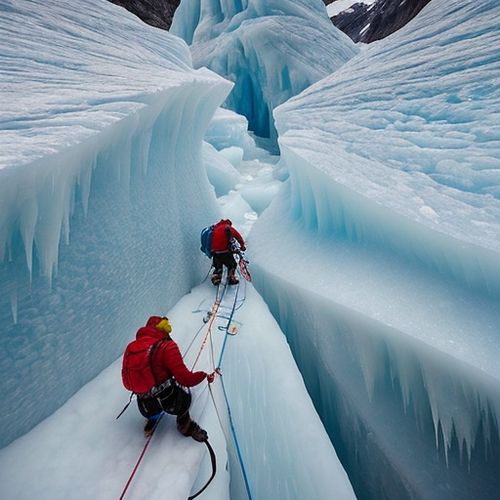
By Samuel Cooper/May 8, 2025
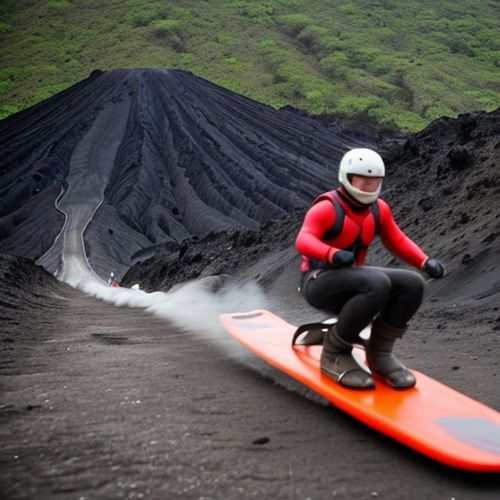
By William Miller/May 8, 2025
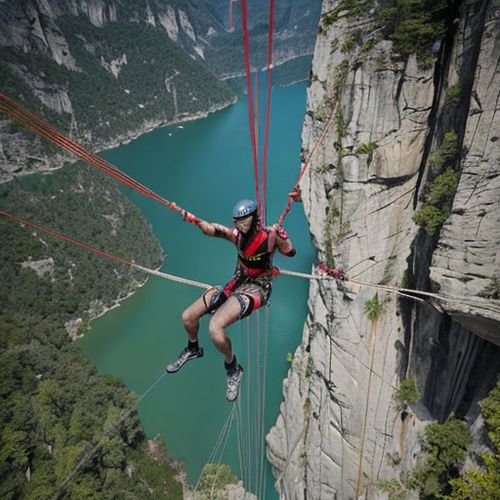
By Rebecca Stewart/May 8, 2025
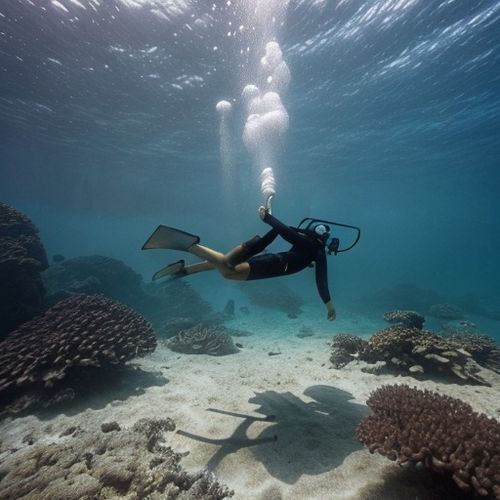
By Natalie Campbell/May 8, 2025

By Jessica Lee/May 8, 2025

By Thomas Roberts/May 8, 2025
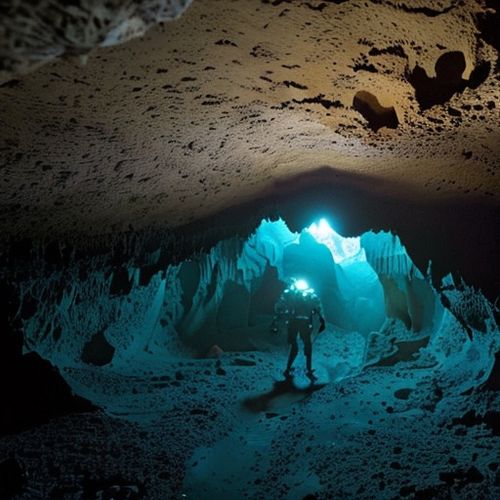
By Christopher Harris/May 8, 2025

By Christopher Harris/May 8, 2025
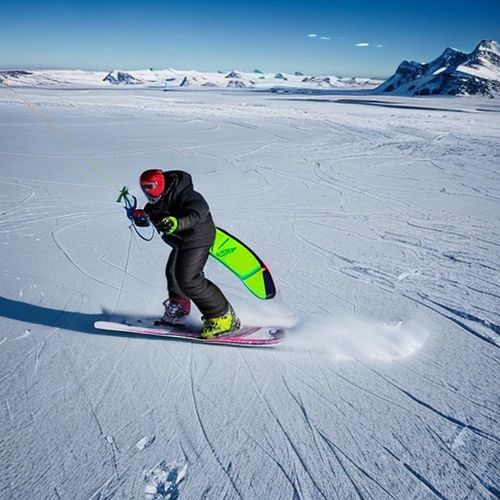
By Natalie Campbell/May 8, 2025
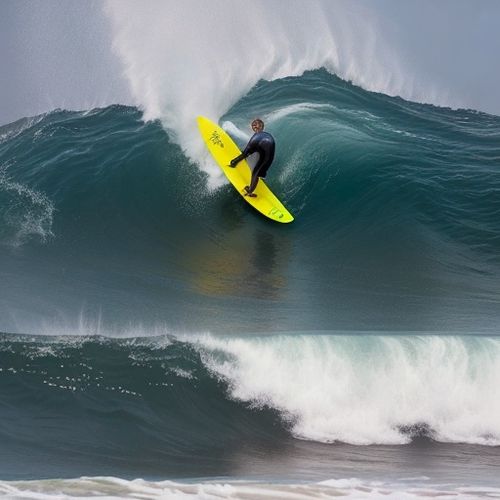
By Rebecca Stewart/May 8, 2025

By Sophia Lewis/May 8, 2025
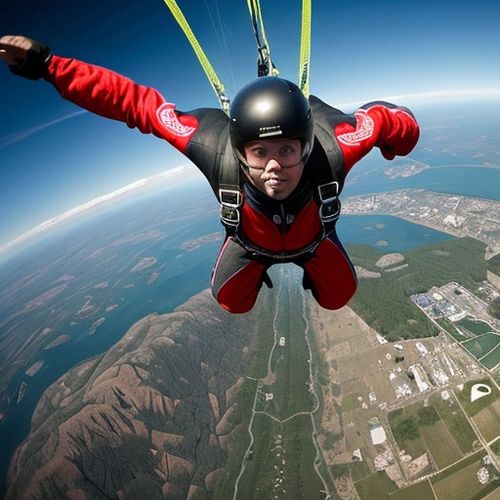
By Noah Bell/May 8, 2025
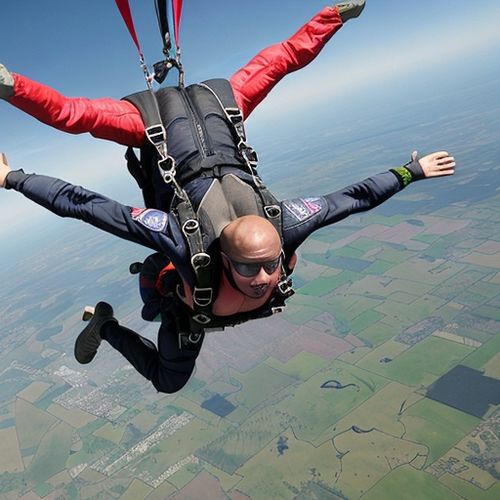
By Sophia Lewis/May 8, 2025
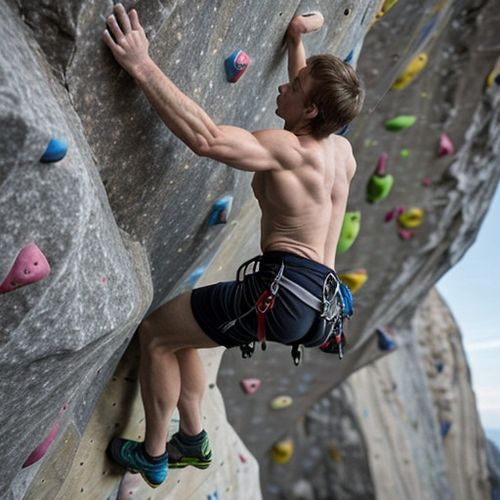
By Benjamin Evans/May 8, 2025
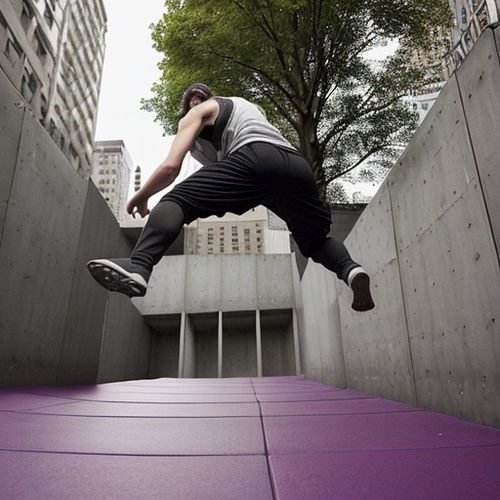
By Benjamin Evans/May 8, 2025
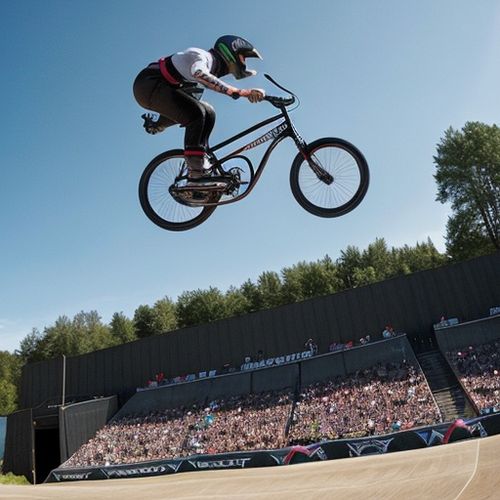
By Eric Ward/May 8, 2025
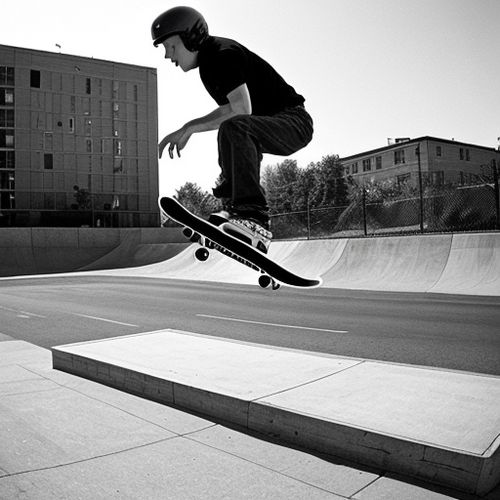
By Elizabeth Taylor/May 8, 2025
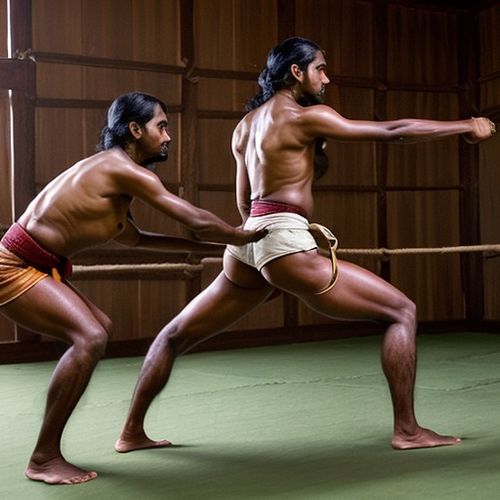
By Daniel Scott/May 8, 2025
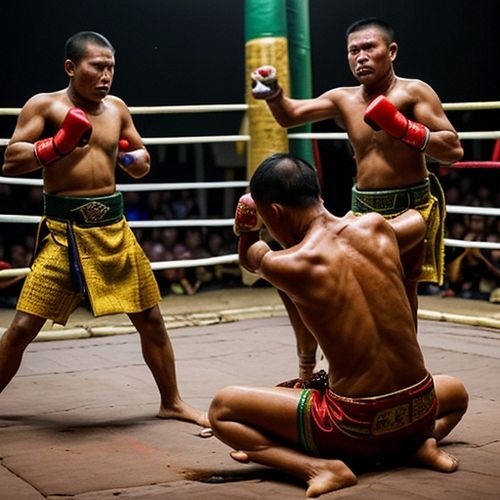
By Eric Ward/May 8, 2025